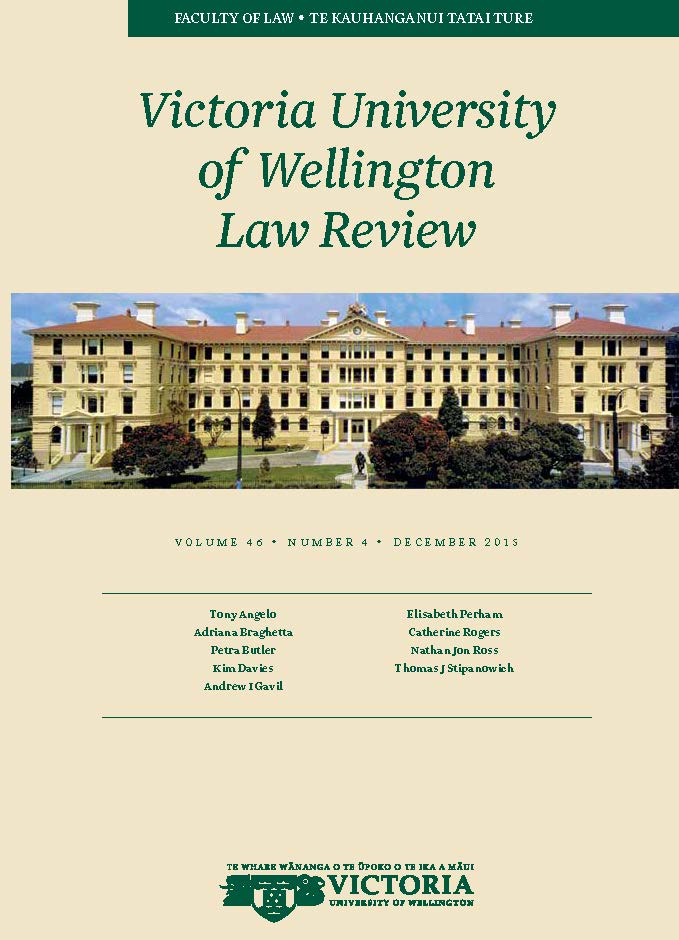Imagining a Counterfactual Section 36: Rebalancing New Zealand's Competition Law Framework
DOI:
https://doi.org/10.26686/vuwlr.v46i4.4883Abstract
Like the competition-related laws of most other nations, s 36 of New Zealand's Commerce Act 1986 includes a prohibition of some unilateral acts by firms with substantial market power. Such prohibitions reflect the consensus view of many jurisdictions, courts and commentators that the anticompetitive potential of unilateral conduct largely depends on the market power of the firm undertaking it. In lieu of an inquiry into the actual or probable effects of challenged conduct, however, s 36 has been interpreted to rely on a "counterfactual" test, seemingly unique in the world. Under that approach, courts have been directed to ask whether a firm lacking substantial market power would have engaged in the same conduct, and from the answer to that question to infer the likely effects of the conduct by the firm with market power. This article argues that the counterfactual test will frequently be an unreliable method for implementing the language and underlying purposes of s 36. In many common circumstances it will likely fail to proscribe conduct that may well be harmful to competition and consumers, and result in systematic under-deterrence. In other cases, it may fail to recognise and credit efficiencies that might be unique to the firm with market power, and hence over-deter procompetitive conduct. The article concludes by considering several options for reform.
Downloads
Downloads
Published
How to Cite
Issue
Section
License
Authors retain copyright in their work published in the Victoria University of Wellington Law Review.


